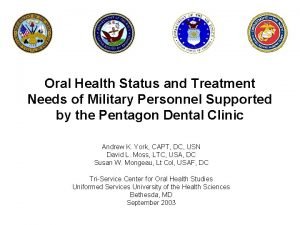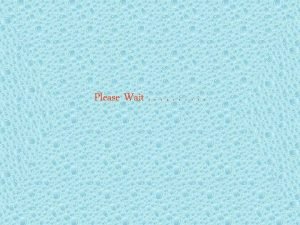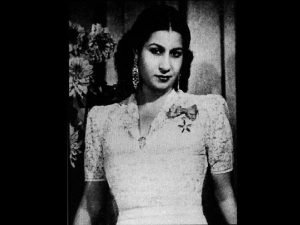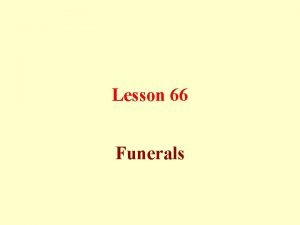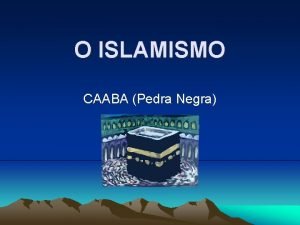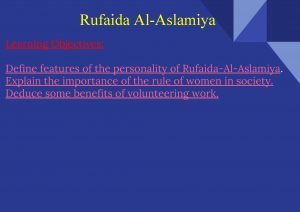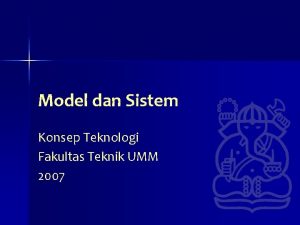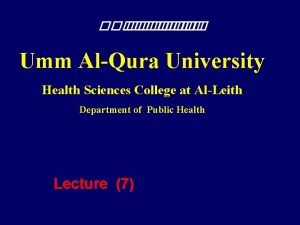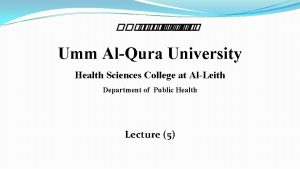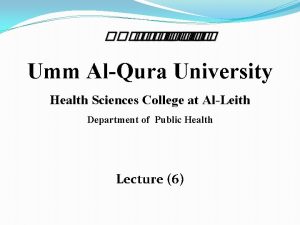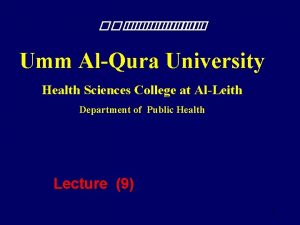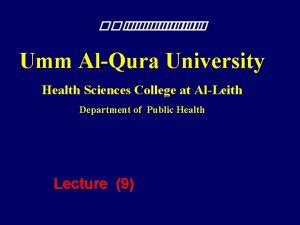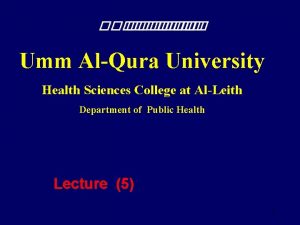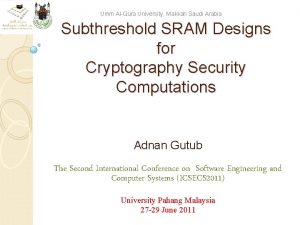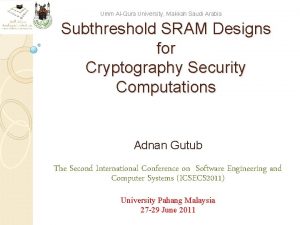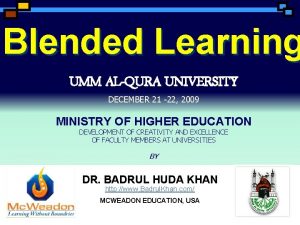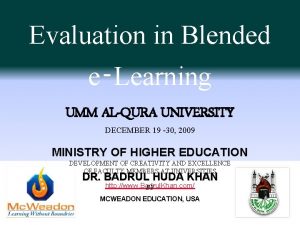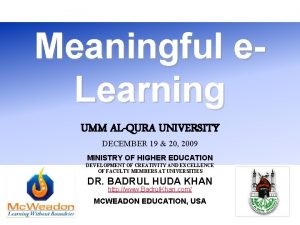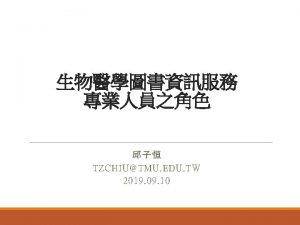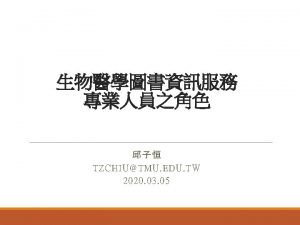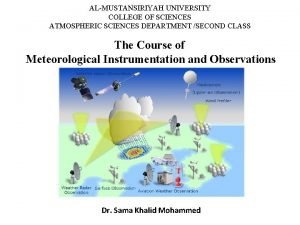Umm AlQura University Health Sciences College at AlLeith




















- Slides: 20

������ Umm Al-Qura University Health Sciences College at Al-Leith Department of Public Health Lecture (10) 1

Lice

Objectives 1/ Define of Lice species. 2/ Define Lice classification, Geographical Distribution, External morphology, Life cycle, Adult behavior and Medical important. 3/ Understand the role of Lice in Transmission of parasitic diseases. 4/ Understand the Mechanisms of Lice diseases Transmission to human. 5/ Define Treatment of Lice diseases and Prevention. 3 6/ Apply of Lice control methods.

Classification: Phylum: Arthropoda Class: Insecta Subclass: Pterygota Order: Anoplura species 1 - Pediculus corporis The body louse (Pediculus humanus). 2 - Pediculus capitis The head louse 3 - Phthirus pubics Public or carb louse

Pediculidae Phthiridae

Pediculus capitis are usually found in hair, most often on the nape of the neck and behind the ears

Phthirus pubis found in the pubic area but may also be found on: facial hair, eyelashes, eyebrows, in the armpits, chest hair, and rarely, on the scalp. Distribution: All three species have world –wide distribution, but are commoner in temperate areas.

External morphology adults: §Greyish and wing less insects § They are flattened dorso-ventrally §In female lice the tip of abdomen is bifurcated. § in the males the abdomen is not bifurcated but a small distinct pen is present. male female

Adult lice male female

Male of head louse in hair

Life-cycle: Female lice glue about six to nine eggs per day the egg, commonly called a nit. Female lice may live for one month and lay 200 – 300 eggs. The duration of the egg stage is normally about six to nine days.

Egg of lice(nit)

nymph hatches from the egg and resembles a small adult louse, it takes a blood-meal from man and passes through three nymphal instars, and after about 7 -14 days becomes an adult male or female louse.

Life Cycle

Adult behavior: § Both sexes take blood-meals and feeding occurs at any time during the day or night. § Both the adult and immature stages live permanently on man. §Lice are very sensitive to changes in temperature. They quickly abandon a dead person. § They are unable to feed at temperatures above a bout 40 C.

Body lice are spread by close contact and are especially prevalent under conditions of over crowding and situation where people rarely wash or change their clothes.

Medical importance: (body lice) Pediculosis: The presence of body, head or pubic lice on a person is sometimes referred to as pediculosis (condition known as Vagabonds disease). Louse-borne epidemic typhus: caused by Rickettsia prowazeki. Trench fever: It is caused by rickettsia quintana. Louse-borne epidemic relapsing fever: The causative agent Borrelia recurrentis.

endemic typhus: typhus caused by Rickettsia mooseri Man becomes infected when Rickettsia are: 1 - rubbed or scratched into abrasions. 2 - contact with delicate mucous membranes. 3 - by inhalation of the very fine powdered dry faeces.

Control: Changing and washing the clothing in water hotter than 60 C, preferably followed by ironing. HCH 1% powder can be used. DDT 10% dust mixed with an inert carrier use in the rate of 30 g person, between the body and underclothes.

20
 University of health sciences lahore events
University of health sciences lahore events Uniformed services university of the health sciences
Uniformed services university of the health sciences Facultad de ciencias de la salud uma
Facultad de ciencias de la salud uma Kinesiology ucf catalog
Kinesiology ucf catalog Human sciences tok definition
Human sciences tok definition Umm hotspot
Umm hotspot Umm hotspot
Umm hotspot 8k3akgisv6w -site:youtube.com
8k3akgisv6w -site:youtube.com Aidua
Aidua Umm atiyyah incense
Umm atiyyah incense Umm al quwain map
Umm al quwain map Umm nordpool
Umm nordpool Pedra negra meca
Pedra negra meca Sibima unnes
Sibima unnes Presensi online unnes
Presensi online unnes Rubaiyat definition
Rubaiyat definition Umm rufayda
Umm rufayda Fakultas teknik umm
Fakultas teknik umm 沈榮麟
沈榮麟 Queens high school for the sciences
Queens high school for the sciences College of humanities and social sciences
College of humanities and social sciences

